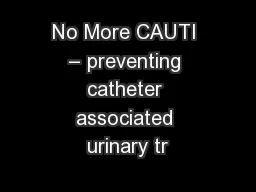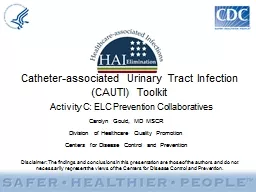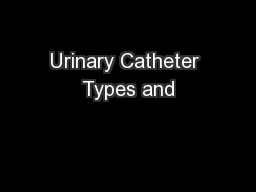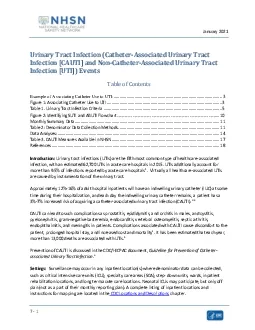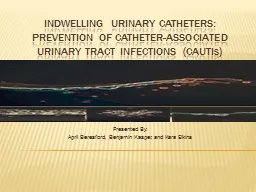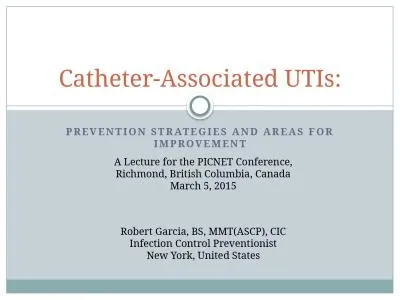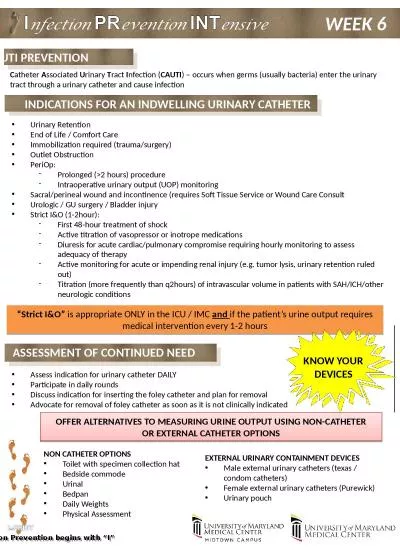PPT-No More CAUTI – preventing catheter associated urinary tr
Author : mitsue-stanley | Published Date : 2016-09-14
Elizabeth Mizerek MSN RN CEN CPEN FNCSA Assistant Professor of Nursing Mercer County Community College 1 Learning Objectives Define the impact of CAUTI Describe
Presentation Embed Code
Download Presentation
Download Presentation The PPT/PDF document "No More CAUTI – preventing catheter as..." is the property of its rightful owner. Permission is granted to download and print the materials on this website for personal, non-commercial use only, and to display it on your personal computer provided you do not modify the materials and that you retain all copyright notices contained in the materials. By downloading content from our website, you accept the terms of this agreement.
No More CAUTI – preventing catheter associated urinary tr: Transcript
Download Rules Of Document
"No More CAUTI – preventing catheter associated urinary tr"The content belongs to its owner. You may download and print it for personal use, without modification, and keep all copyright notices. By downloading, you agree to these terms.
Related Documents

